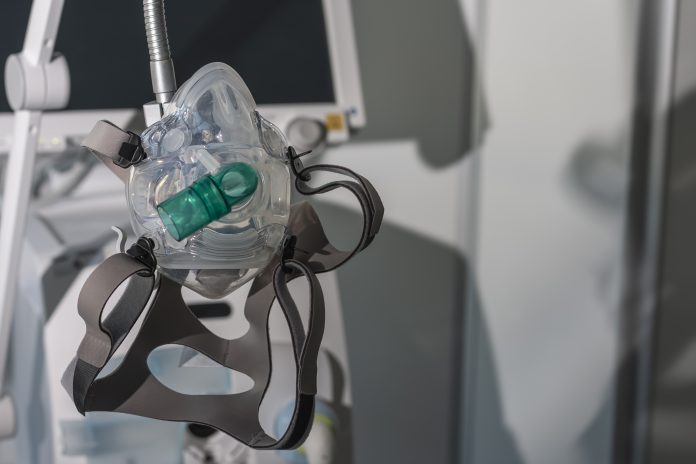Engineers at the University of Bath have published a mathematical model that could help clinicians to safely ventilate two COVID patients on one ventilator
Members of Bath’s Centre for Therapeutic Innovation and Centre for Power Transmission and Motion Control have published a research paper on dual-patient ventilation (DPV) which explains how the BathRC model could enable doctors to safely allow two COVID patients to share one ventilator.
The model equates the ventilator circuit to an electrical circuit with resistance and compliance considered equivalent to electrical resistance and capacitance; this enabled a simple calculator to be created.
So far testing has only been carried out on artificial lungs and as practice, DPV is strongly advised against by healthcare bodies. The team stresses that their findings should only be used in extreme situations where patients outnumber available equipment.
Professor Richie Gill, Co-Vice Chair of the Centre for Therapeutic Innovation and the project’s principal investigator, says: “We are not advocating dual-patient ventilation, but in extreme situations in parts of the world, it may be the only option available as a last resort. The COVID-19 crisis presents a potential risk of hospitals running short of ventilators, so it is important we explore contingencies, such as how to maximise capacity.”
Dual-patient ventilation presents several challenges:
- Accurate identification of patients’ lung characteristics over time;
- Close matching of patients suitable to be ventilated together,
- And the risk of lung damage if airflow is not safely maintained.
Prof Gill adds: “This isn’t something we’d envisage being needed for critical-care patients. However, one of the issues with COVID is that people can need ventilation for several weeks. If you could ventilate two recovering patients with one machine it could free up another for someone in critical need.
“The BathRC model directly allows the restriction needed for safely ventilating two dissimilar patients using one ventilator.
“To reduce the risk of damage to a patient’s lungs, you need to ensure the correct flow of gases around the circuit by adding resistance. The simplest and most successful method we tried was modelled on an electrical circuit, hence the BathRC model name – where RC stands for resistance-compliance.”
The paper, A simple method to estimate flow restriction for dual ventilation of dissimilar patients: The BathRC model, is published in Plos One.











